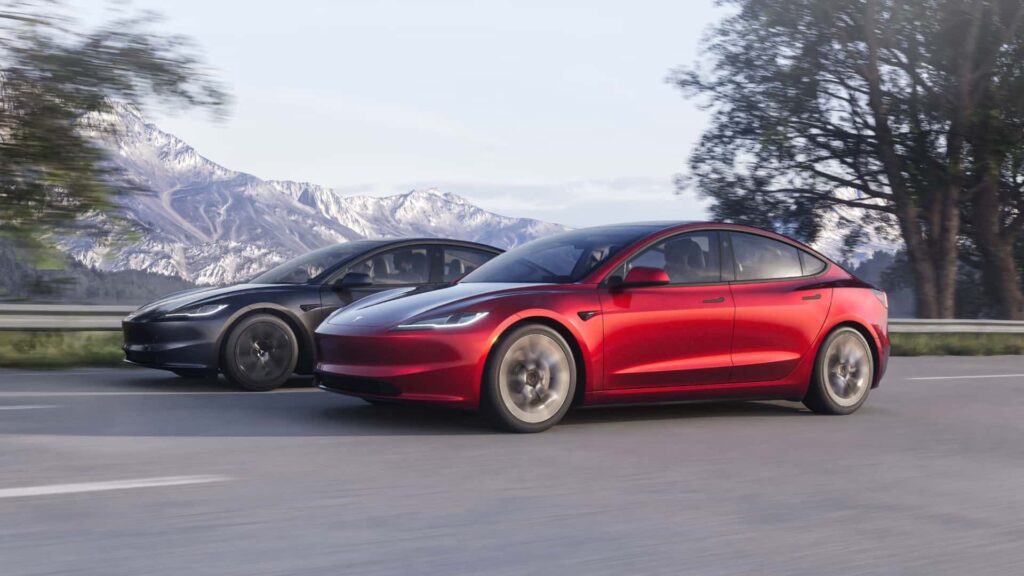It is not easy to get a very accurate estimated range readout in any electric vehicle on the market today because so many factors need to be taken into consideration, some of which can be a bit more difficult to predict.
Nevertheless, it’s important for automakers to offer accurate range prediction in their EVs if they want people to trust the technology and not be overcome by range anxiety upon realizing that the range estimate shown by their vehicle is overly optimistic in real-life conditions.
Tesla is working on perfecting its range prediction tools and has listed all the factors that its navigation system is taking into account when calculating a route and the battery percentage on arrival – and it’s a pretty long list.
Posted on Tesla North America’s X (formerly Twitter) page, the list includes both obvious factors and less obvious ones when it comes to determining driving range.
In the ‘obvious’ column, we have things that need to be taken into consideration even before setting off. Those include the initial battery state of charge, initial battery temperature, battery preconditioning, gross combined vehicle weight, aerodynamic drag coefficient, and vehicle-specific energy consumption – if the car has a bike rack mounted, for example, it will affect range.
Then there are other obvious factors that need to be considered for the entire duration of the trip, such as the wind speed and direction, ambient temperature, elevation/grade, traffic speed, average acceleration/deceleration (this could probably be translated as driving style), rolling resistance, and HVAC consumption.
Interestingly, Tesla also lists less obvious factors including humidity and pressure, as well as solar load and cloud cover. Interestingly, things like the tire pressure/tire condition and road surface didn’t make the list, though they could be considered as part of the greater ‘rolling resistance’ chapter.
Do you think Tesla left anything out? Let us know in the comments.
As a reminder, Tesla has had its fair share of complaints regarding range. Most recently, the U.S. Department of Justice has expanded its investigation into Tesla with subpoenas on vehicle range and other matters.
This may be related to allegations that Tesla offers unrealistic range estimates on its vehicles. A Reuters report in July claimed that Tesla created a secret team in the summer of 2022 with the goal of stifling thousands of driving range complaints from its customers.
The report also claimed that ten years ago, Tesla rigged its range-estimating software by writing algorithms for the range meter that would display optimistic projections for the distance the vehicle could cover on a single charge. An unnamed source told the news agency that the directive to give customers optimistic range estimates came from Tesla CEO Elon Musk, who “wanted to show good range numbers when fully charged.”
Following the report, three Tesla owners in California sued the automaker in a proposed class action over falsely advertising the estimated driving range of its EVs.

